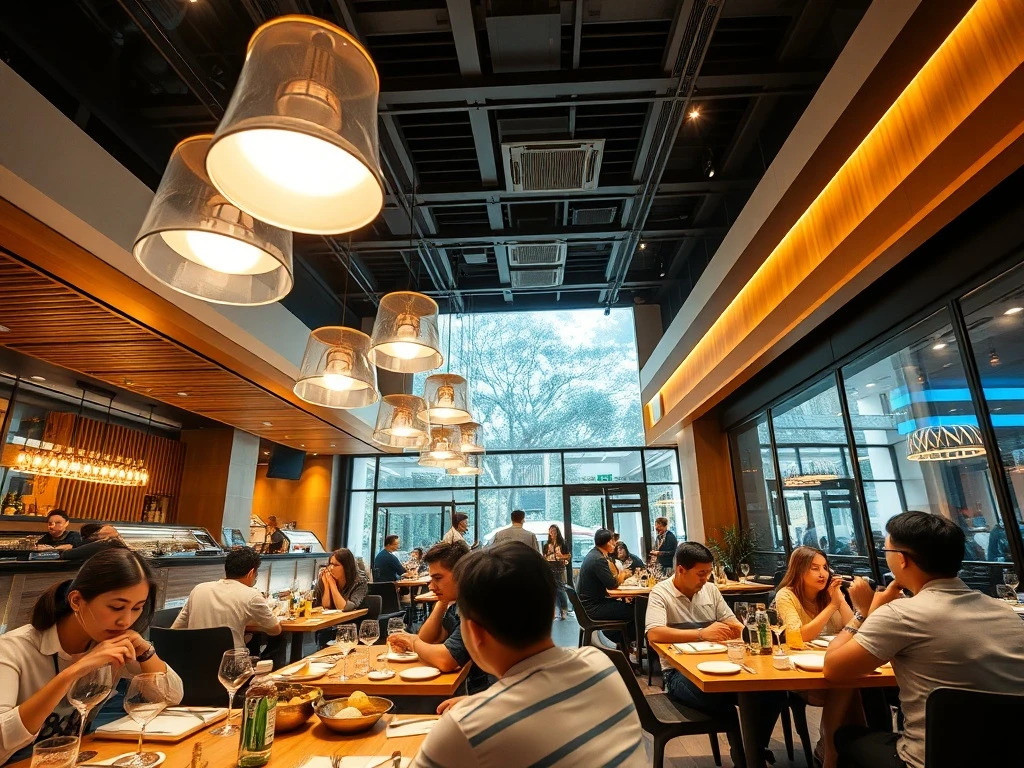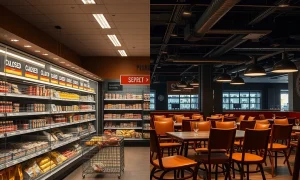In today’s competitive dining landscape, restaurant chains face unprecedented challenges in attracting and retaining customers. Consequently, many establishments now prioritize creating memorable in-store experiences rather than merely serving food. This strategic shift represents a fundamental transformation in how restaurant chains approach customer engagement.
The Evolution of Restaurant Chain Experiences
Restaurant chains historically focused primarily on consistency and efficiency. However, market dynamics have forced a dramatic reevaluation of this approach. Modern consumers seek more than just convenient meals—they desire authentic experiences that justify leaving their homes. Therefore, leading restaurant chains invest significantly in ambiance, design, and atmosphere.
Key Elements of Successful Restaurant Atmosphere
Successful restaurant chains implement several critical components to enhance their in-store experience:
- Ambient lighting systems that adapt throughout the day
- Acoustic engineering for optimal sound levels
- Custom scent marketing to create emotional connections
- Ergonomic furniture that balances comfort and turnover
Technology Integration in Modern Restaurant Chains
Forward-thinking restaurant chains leverage technology to create seamless experiences. Many establishments now feature:
- Interactive digital menus with customization options
- Contactless ordering and payment systems
- Personalized temperature and lighting controls at tables
- Entertainment integration through augmented reality features
Design Psychology in Restaurant Chain Environments
Restaurant chains employ sophisticated design principles to influence customer behavior. Strategic color schemes, for instance, can stimulate appetite while specific layouts encourage social interaction. Additionally, spatial arrangements often guide customer flow and maximize perceived value.
Measuring the Impact of Experience Investments
Restaurant chains utilize various metrics to evaluate their experience investments. Key performance indicators include:
- Dwell time and table turnover rates
- Social media mentions and check-ins
- Repeat customer frequency
- Average spend per visit
Future Trends for Restaurant Chain Experiences
The evolution of restaurant chain experiences continues accelerating. Emerging trends include hyper-personalized environments, multi-sensory dining journeys, and sustainable design integration. Furthermore, many chains now incorporate local cultural elements to create authentic connections with communities.
FAQs
Why are restaurant chains focusing on in-store experiences?
Restaurant chains prioritize experiences because modern consumers value memorable moments over transactional dining. This approach differentiates establishments in a crowded market.
What makes a successful restaurant atmosphere?
Successful atmospheres balance multiple elements including lighting, acoustics, scent, temperature, and spatial design to create cohesive sensory experiences.
How do restaurant chains measure experience success?
Chains track metrics like customer dwell time, repeat visit frequency, social media engagement, and average spending patterns to evaluate experience effectiveness.
What technology do restaurant chains use for experiences?
Establishments implement interactive digital interfaces, personalized environment controls, augmented reality features, and seamless payment systems.
How important is design in restaurant experiences?
Design critically influences customer perception, behavior, and satisfaction through color psychology, spatial arrangement, and aesthetic coherence.
What future trends will shape restaurant experiences?
Future trends include hyper-personalization, sustainability integration, multi-sensory journeys, and locally-inspired design elements that create authentic connections.


















